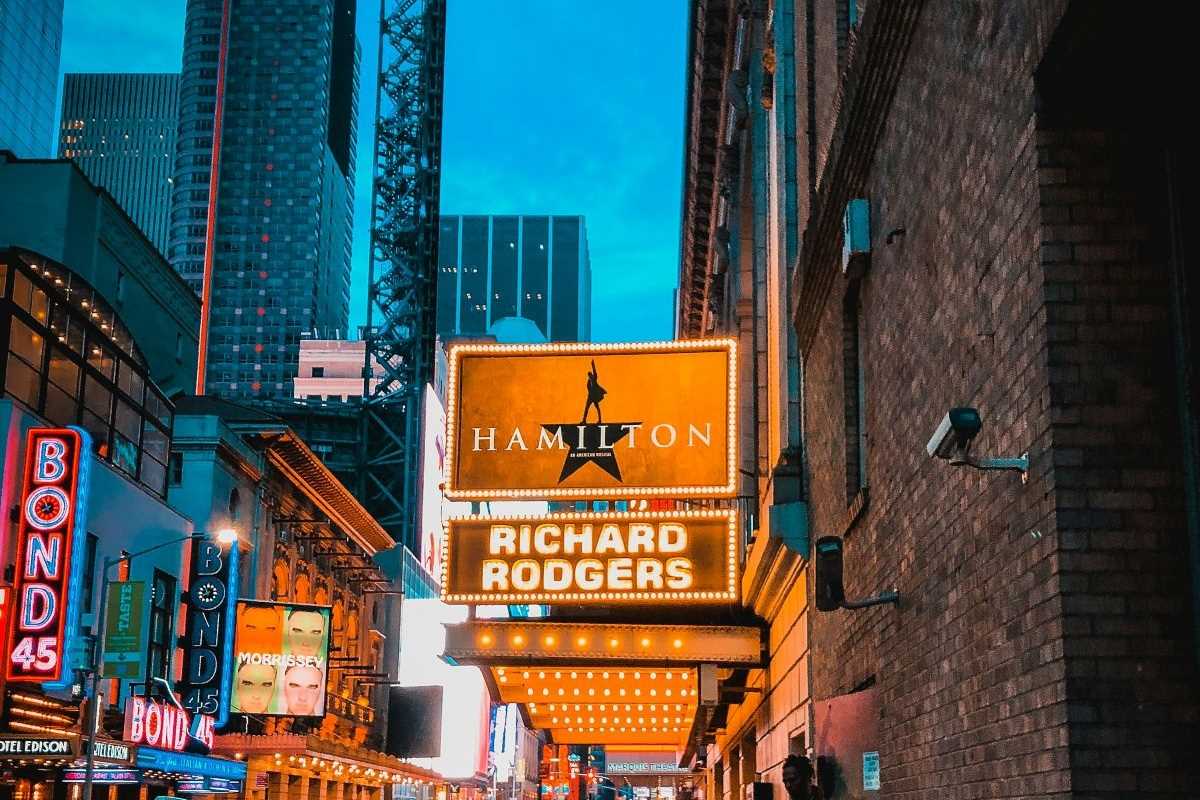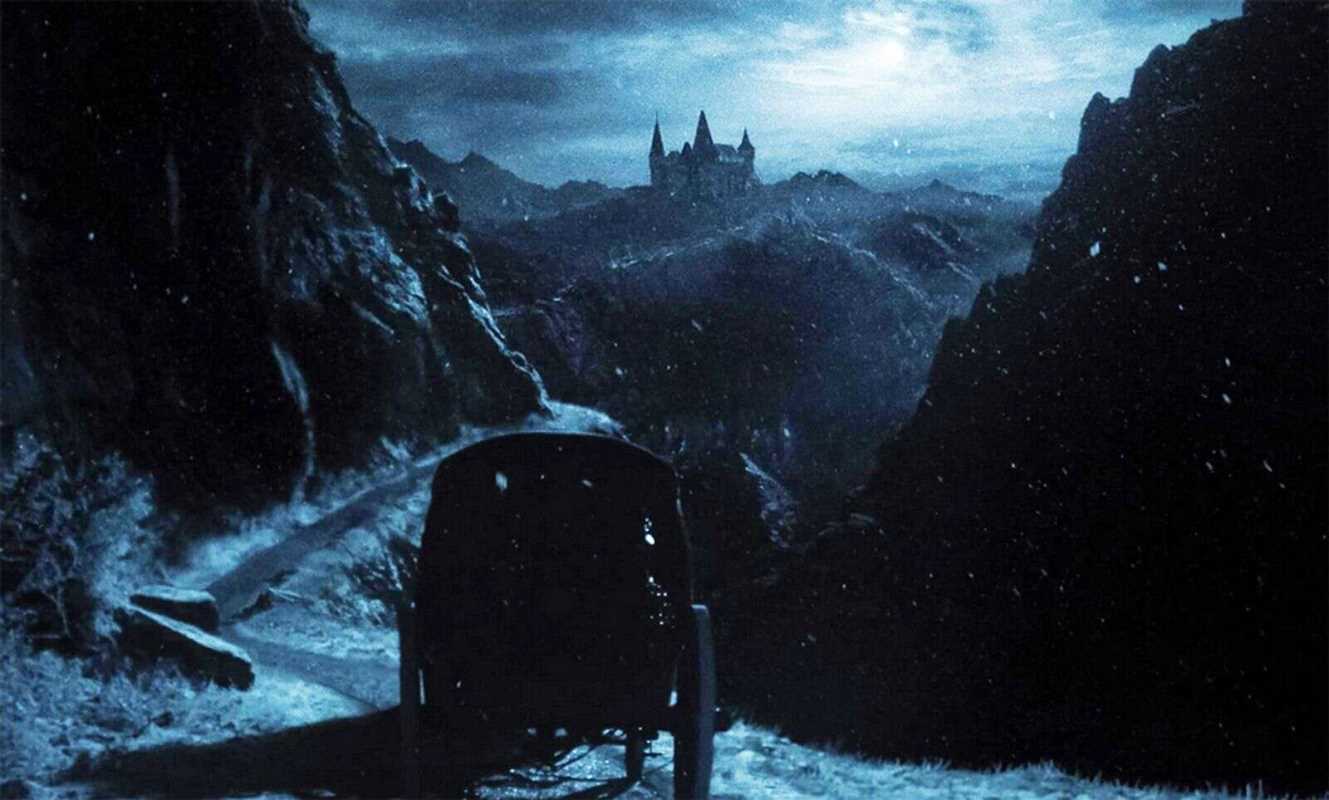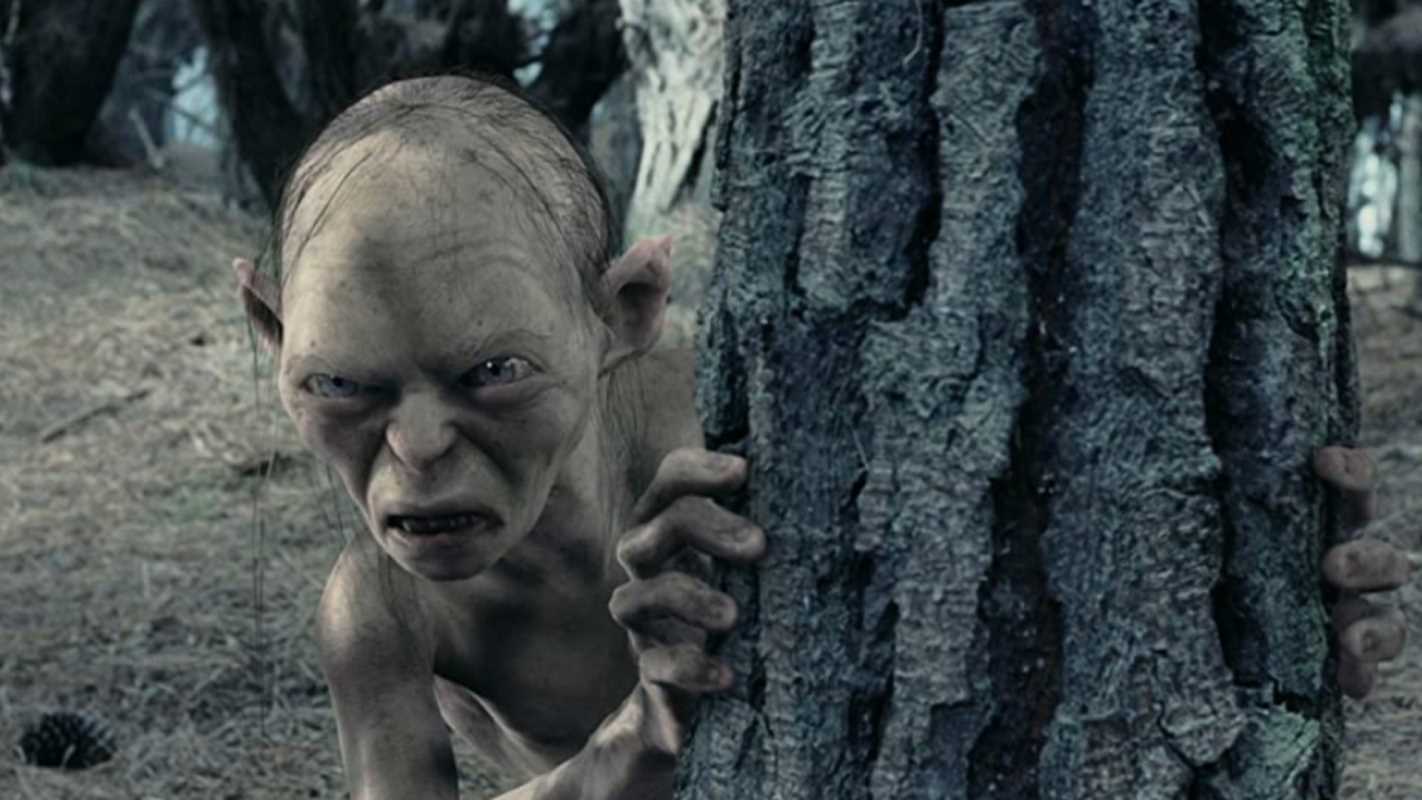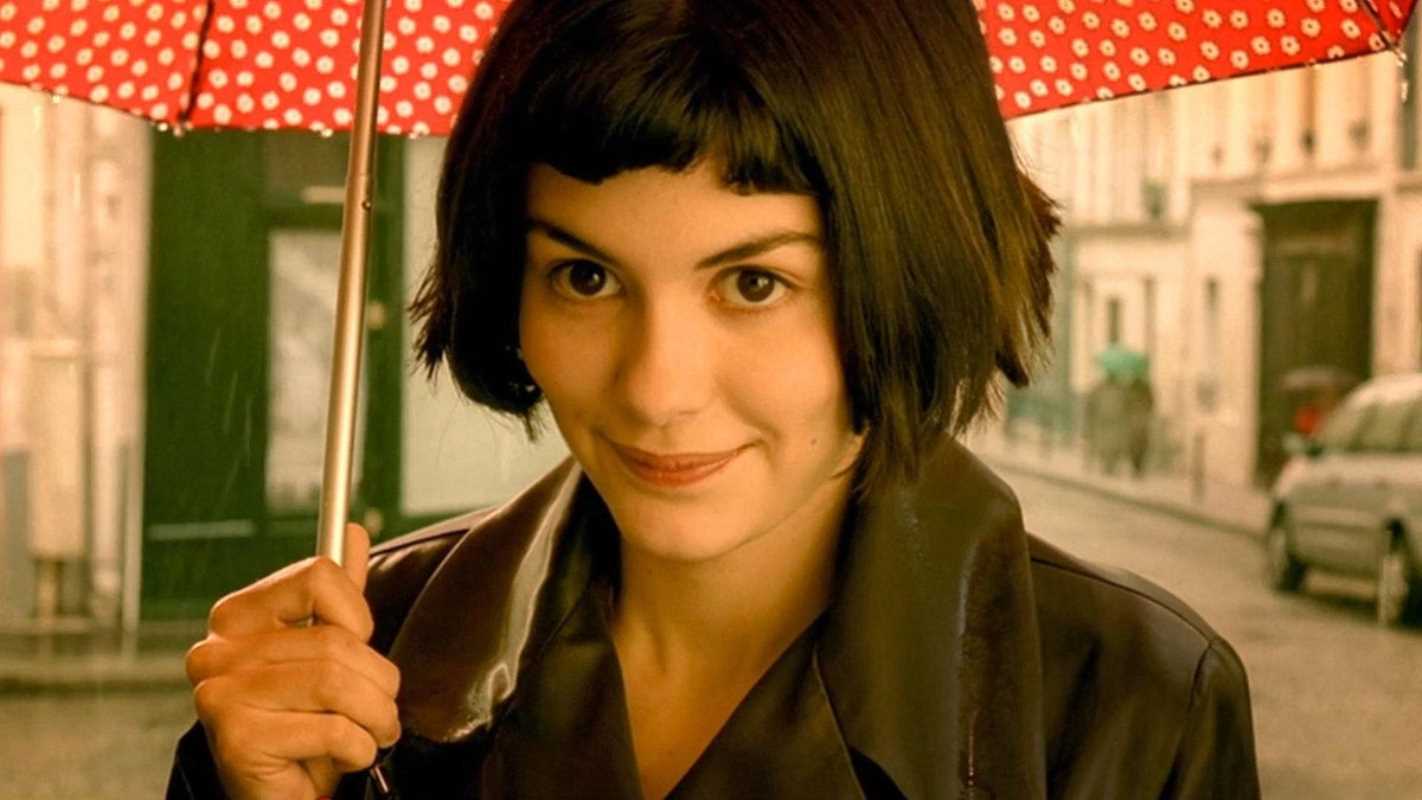In the discipline of cinematography, the movement of the camera is a fundamental and highly expressive instrument. Its function extends beyond the mere documentation of action; it is a deliberate and sophisticated technique employed to shape audience perception, establish atmosphere, and amplify the emotional resonance of a narrative. The collaboration between a director and a cinematographer involves the precise orchestration of these movements to create a cohesive visual language. This analysis will examine specific camera movement techniques—including the tracking shot, handheld camerawork, and the slow pan—and their application in definitive cinematic works to illustrate their impact on storytelling and mood.
The Foundational Role of Camera Movement
Camera movement functions as a form of visual grammar, guiding the viewer’s eye and establishing a specific point of view. A static camera creates a sense of objective observation, similar to a theatrical proscenium. Once the camera moves, however, it becomes an active participant in the scene, capable of generating kinetic energy, revealing information, and forging a subjective connection between the audience and the characters. The selection of a particular type of movement is a critical artistic decision designed to serve the emotional arc of the scene and the broader thematic intentions of the film.
The Tracking Shot: Building Tension and Immersion
A tracking shot, where the camera moves alongside the subjects, is a powerful tool for creating immersion and building sustained tension. This technique physically draws the audience into the environment, forcing them to experience events in real-time alongside the characters. By eliminating cuts, a long tracking shot can generate a sense of immediacy and inescapability.
The film 1917, for which Roger Deakins served as cinematographer, is a masterclass in the use of this technique. The production is famously edited to appear as one continuous take, composed of a series of extended, complex tracking shots. The camera remains relentlessly tethered to the two protagonists as they navigate the treacherous landscape of the trenches and No Man's Land. This unwavering proximity creates an almost unbearable level of tension and claustrophobia. The audience cannot look away or benefit from the psychological release of an edit. We are forced to share the soldiers' limited perspective, experiencing their fear and uncertainty directly. The continuous movement ensures that the audience is not just watching a journey but is an active participant in it, making the experience profoundly visceral and immersive.
Handheld Camera: Intimacy and Unfiltered Realism
Handheld camerawork, characterized by its perceptible instability and fluid motion, is often used to evoke a sense of documentary realism, immediacy, or psychological turmoil. The lack of a stable axis gives the footage an unpolished and authentic quality, suggesting that the events are unfolding organically and without artifice. This technique can effectively dissolve the barrier between the audience and the on-screen action, creating a deeply personal and subjective viewpoint.
The Blair Witch Project is a definitive example of handheld camerawork used to generate profound psychological horror. The film presents itself as "found footage," and the shaky, amateurish quality of the cinematography is central to its terrifying effect. The chaotic camera movements mirror the escalating panic and disorientation of the characters. The viewer experiences the forest through their eyes, sharing their frantic glances and unsteady footing. The instability of the camera denies the audience a sense of security or objective distance; we are as lost and vulnerable as the film's subjects. This technique transforms the viewer from a passive observer into a firsthand witness, making the unseen threat intensely personal and frighteningly real.
The Slow Pan: Contemplation and Dreamlike Atmosphere
The pan, a horizontal rotation of the camera on a fixed axis, is one of the most fundamental camera movements. When executed slowly, it becomes a highly effective tool for encouraging contemplation, revealing a landscape, or creating a dreamlike, languid mood. A slow pan forces the audience to absorb the details of an environment, building atmosphere and allowing emotional moments to linger.
In Luca Guadagnino's Call Me by Your Name, cinematographer Sayombhu Mukdeeprom employs slow, deliberate pans to great effect. The film's aesthetic is one of sun-drenched, leisurely summer days, and the camera movements reflect this tone. Slow pans across the Italian landscape or through the rooms of the family villa create a sensual and contemplative atmosphere. The unhurried pace of the camera mirrors the characters' own slow discovery of their emotions. These movements do not drive the action forward; instead, they invite the viewer to inhabit the space and the moment, fostering a feeling of nostalgia and romantic longing. The technique allows the film's lush environments to become an extension of the characters' internal emotional states, creating a rich, immersive, and dreamlike experience.
 (Image via
(Image via





